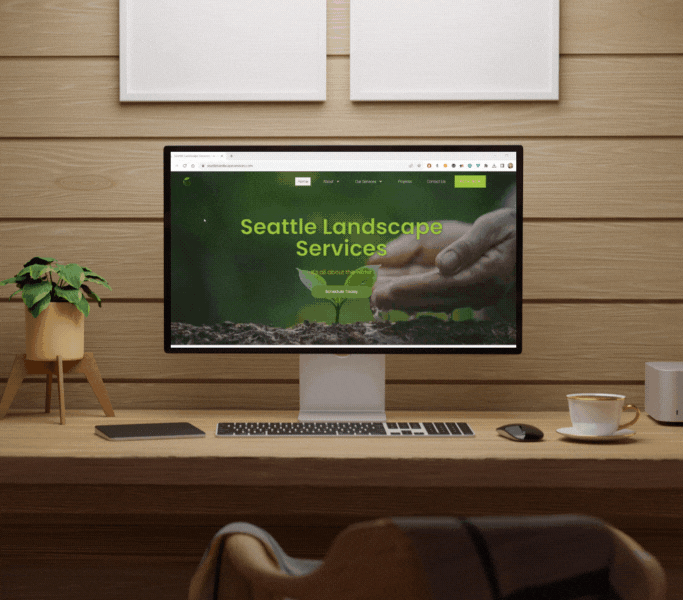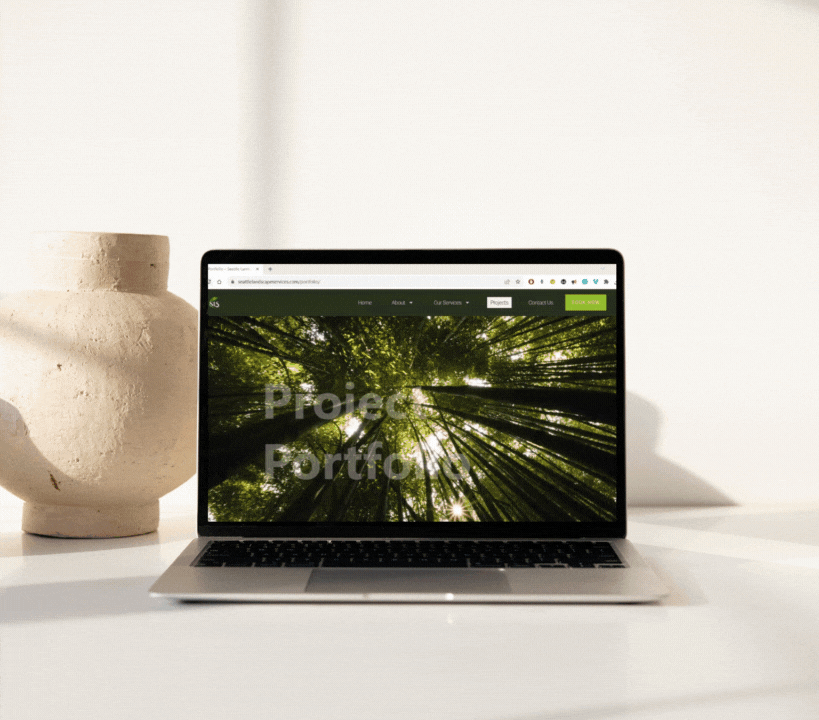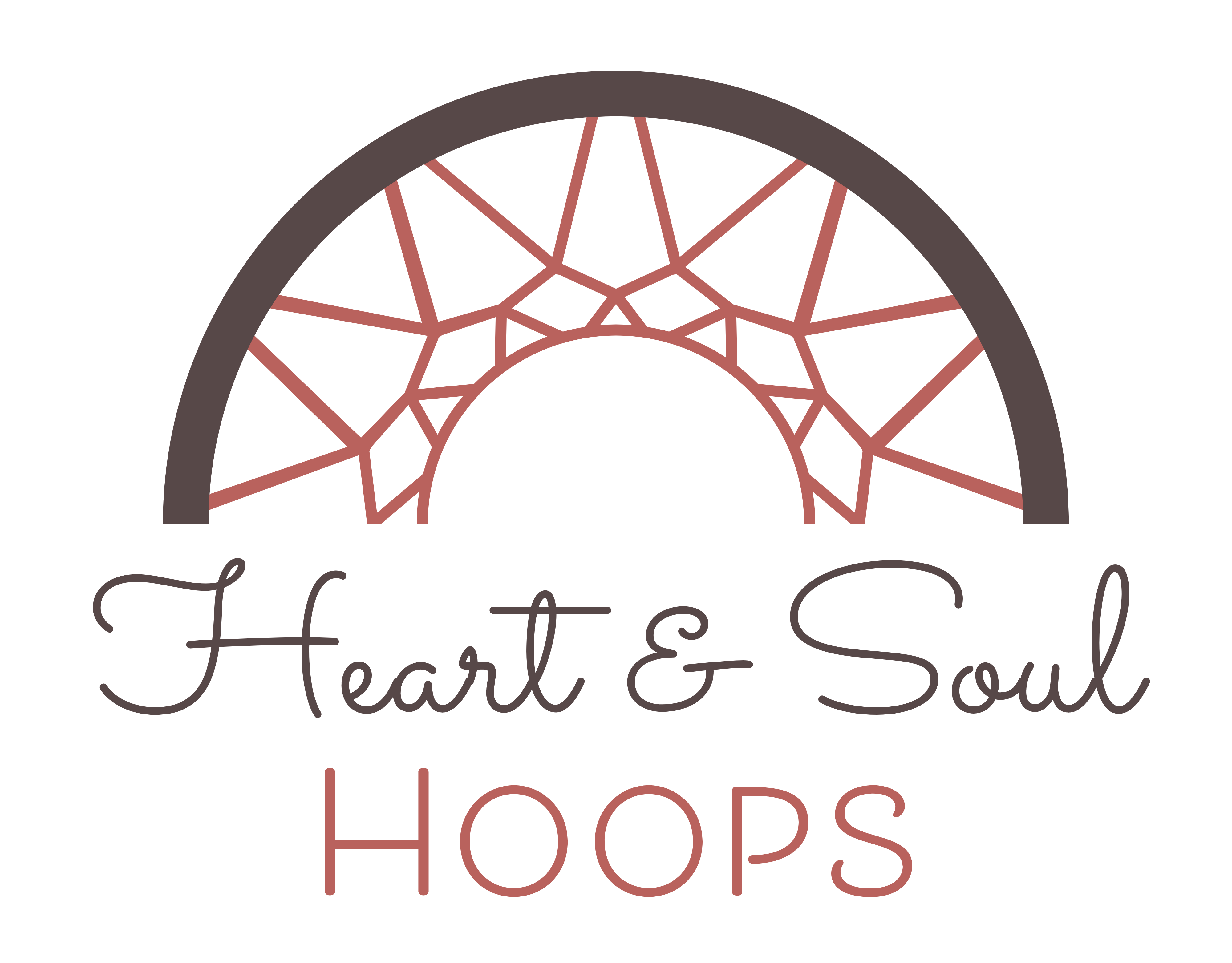Informational Company Website
Problem:
The client's foremost and fundamental requirement revolved around creating an exceptional user experience through a user-friendly website. Central to their vision was the need for seamless navigation, ensuring that visitors could easily access and engage with vital company information. A key objective was to present their brand and services in a captivating and impactful manner, leaving a lasting impression on their target audience. With an emphasis on highlighting their unique value propositions and company strengths, the website aimed to convey a strong sense of professionalism and credibility. By aligning the design and functionality with these core requirements, the client sought to establish a significant online presence, drive increased user engagement, and ultimately foster a strong base of loyal customers.
Goal:
The primary strategic goal of the website is to leverage web traffic effectively, transforming potential visitors into valuable and loyal customers for SLS. This encompasses a multifaceted approach, including implementing persuasive and compelling content, strategically placed calls-to-action, and a seamless user experience that drives conversion rates to new heights. Beyond merely attracting new customers, the website aims to cultivate enduring relationships by capturing and retaining future client data. This data will serve as a powerful asset, enabling personalized follow-ups and targeted marketing efforts to nurture leads and encourage repeat business. Moreover, the website will act as an informative hub, providing comprehensive and up-to-date information about the company's services, and fostering transparency, credibility, and trust among potential clients. By successfully achieving these interconnected goals, the website endeavors to establish SLS as a prominent industry player, positioned for sustainable growth and long-term success in an ever-evolving digital landscape.
Hypothesis:
If I create a user-friendly website that effectively showcases the company's information and highlights its unique value propositions, then the increased accessibility and compelling content will lead to a higher conversion rate, resulting in more viewers becoming customers for SLS.
The Process
Industry Research:
Before diving into the design process, I conducted thorough industry research. This included an analysis of competitors, market trends, and best practices to identify opportunities for differentiation and innovation.
Sitemap Creation:
The process of crafting an outstanding website for SLS commenced with the creation of a thoughtful sitemap. This strategic step involved outlining the website's structure and organization, playing a pivotal role in ensuring an intuitive and user-friendly navigation experience. The sitemap guided visitors effortlessly through the wealth of content and services offered by SLS.
Moodboard Development:
To capture the essence of the client's vision and preferences, the next phase involved developing a moodboard. This visual representation encapsulated the desired aesthetics, typography, color palette, and overall style, setting the tone and guiding the creative direction for the website's design. The moodboard aimed to evoke the desired emotions and impressions among the target audience.
Wireframing:
As the process continued, meticulous wireframing took center stage. These detailed blueprints provided a clear visual layout of each webpage, defining the placement of key elements, content sections, and interactive features. The wireframes acted as a crucial foundation for the subsequent stages of development, ensuring coherence and consistency throughout the design.
Design Phase:
I worked on creating stunning visuals that aligned with the client's branding and met the user's expectations. The designs were functional and visually appealing.
User Testing:
Throughout the design process, user testing played a significant role. Prototypes and early versions of the website were tested with real users to gather feedback and identify potential usability issues.
Refinement and Iteration:
Based on the user testing results and feedback from stakeholders, I iteratively refined the design. This approach allowed for continuous improvement and optimization of the website's user experience.
Content Creation and Integration:
Concurrently with the design phase, I worked on developing engaging and informative content that resonated with the target audience. This content was then seamlessly integrated into the website's design.
Final Testing and Debugging:
Before deployment, I conducted extensive testing and debugging to ensure the website's functionality and performance were optimal across different devices and browsers.
Sitemap:
The sitemap outlines the structure and organization of the website, ensuring seamless navigation for users. It presents a clear and logical hierarchy of pages, showcasing the client's company information and services.
Moodboards:
After creating four contrasting mood boards and presenting them to the client, I suggested a clean contemporary design, and I am pleased to share that the client wholeheartedly agreed. This design direction aligns perfectly with their vision and requirements. Moving forward, my focus will be on refining and translating this chosen design into a stunning website that not only meets but exceeds the client's expectations. Maintaining clear communication throughout the design and development process will be essential to ensure a successful outcome. I am thrilled to have reached this milestone and look forward to delivering a user-friendly and visually appealing website for the client.
Wireframe:
Wireframes serve as a vital foundation during the design process, offering a clear and graphical blueprint of the website's layout and structure. Their primary purpose lies in showcasing the navigation flow and overall user experience, granting designers and stakeholders a tangible visualization of the website's aesthetics and functionality. With wireframes as a reference point, the design team can collaborate effectively, ensuring a cohesive and user-friendly end result.








The Solution
User-Friendly Website Design:
I will develop a website with an intuitive and user-friendly interface, making it easy for visitors to navigate and access the desired information about the company.
Compelling Content:
I will create engaging and informative content that effectively showcases the company's services, value propositions, and unique selling points. This content will be tailored to resonate with the target audience and encourage them to take action.
Clear Call-to-Action (CTA):
I will strategically place clear and prominent calls-to-action throughout the website, guiding visitors to take specific actions, such as making inquiries, requesting quotes, or signing up for services.
Responsive Design:
The website will be optimized for various devices, ensuring a seamless user experience across desktops, tablets, and mobile phones, catering to a broader audience.
Lead Generation and Data Collection:
I will incorporate lead generation forms and data capture mechanisms to retain future client data. This will enable effective follow-up and potential customer conversion.
Integration of Customer Testimonials:
Positive customer feedback and testimonials will be prominently displayed on the website, building trust and credibility for potential clients.
Optimize for Search Engines:
Implementing search engine optimization (SEO) best practices will increase the website's visibility on search engines, attracting more organic web traffic.
Performance Monitoring and Analytics:
I will integrate web analytics tools to track website performance, user behavior, and conversion rates. This data will be analyzed to identify areas for further improvement and refinement.
By combining these solutions, I aim to create a website that not only meets the client's immediate needs but also serves as a powerful tool for converting web traffic into loyal customers, retaining valuable client data, and effectively showcasing the company's services. Regular performance monitoring will allow for ongoing optimization, ensuring sustained success in achieving the client's goals.
The Conclusion
The implementation of the proposed solutions is set to address the client's requirements effectively. By creating a user-friendly website that showcases the company's information and highlights its unique value propositions, I anticipate a significant boost in web traffic conversion for SLS. The compelling content, clear call-to-action, and responsive design will contribute to enhancing user engagement and fostering a positive user experience across various devices.
Furthermore, the integration of lead generation and data collection mechanisms will enable the retention of valuable future client data, facilitating meaningful follow-up and potential customer conversion. By optimizing the website for search engines and incorporating customer testimonials, I aim to build credibility and trust among potential clients.
Regular performance monitoring and analysis of web analytics will play a crucial role in identifying areas for continuous improvement and refinement. This iterative approach will ensure that the website remains up-to-date and consistently aligned with the evolving needs of the target audience.
Overall, I am confident that the implementation of these strategies will lead to the achievement of the set goals, with increased web traffic converting into loyal customers, improved data capture for future business opportunities, and a comprehensive representation of SLS services to its audience. The synergy of these efforts will establish the website as a powerful marketing tool, contributing significantly to the growth and success of the company.
The Final Product



What I learned
Throughout the process of designing and developing the client's website, I gained valuable insights and experiences that have contributed to my professional growth. Here are some key learnings from this project:
Effective Communication with Clients: Working closely with the client during the project emphasized the importance of clear and open communication. Regular updates, feedback sessions, and addressing their concerns promptly fostered a strong working relationship and ensured the project's success.
Flexibility and Adaptability: The project required adapting to new challenges and evolving client requests. Being flexible and open to adjustments was crucial in delivering a website that precisely aligned with the client's vision.
Data-Driven Decision Making: Integrating web analytics and monitoring tools allowed me to analyze user behavior and track website performance. Utilizing this data to make informed decisions was instrumental in optimizing the website for better results.
Continuous Learning and Improvement: The ever-changing landscape of web design and technology requires a continuous learning mindset. Staying updated with the latest industry trends and best practices enabled me to deliver innovative and cutting-edge solutions to the client.


